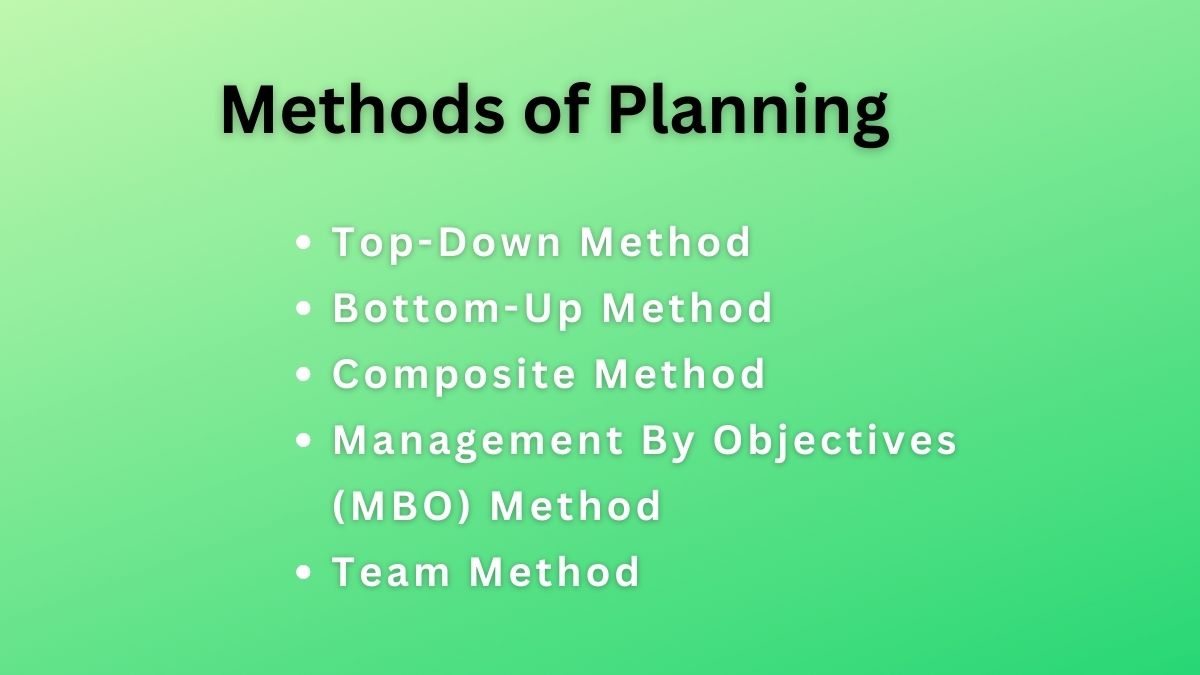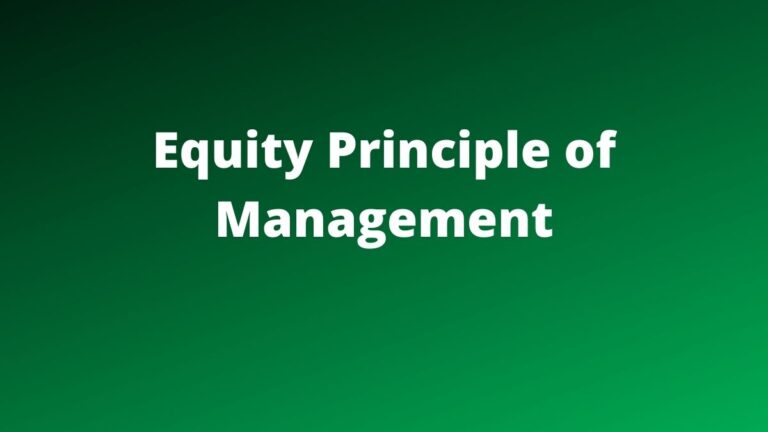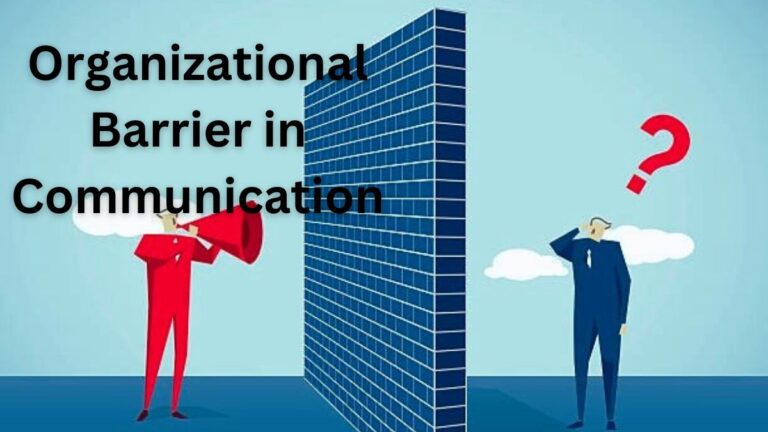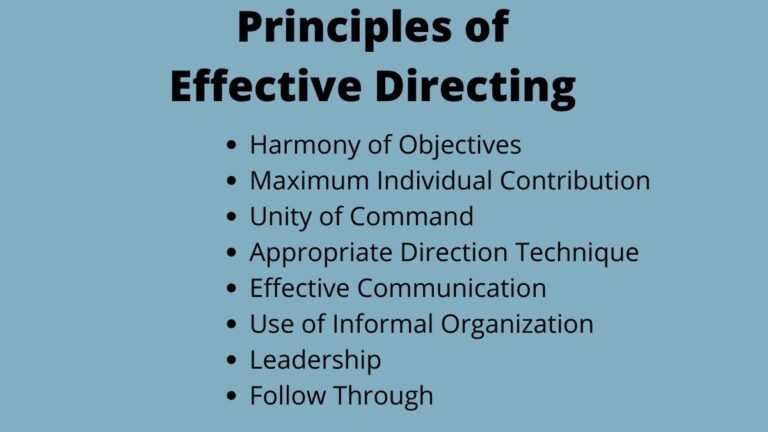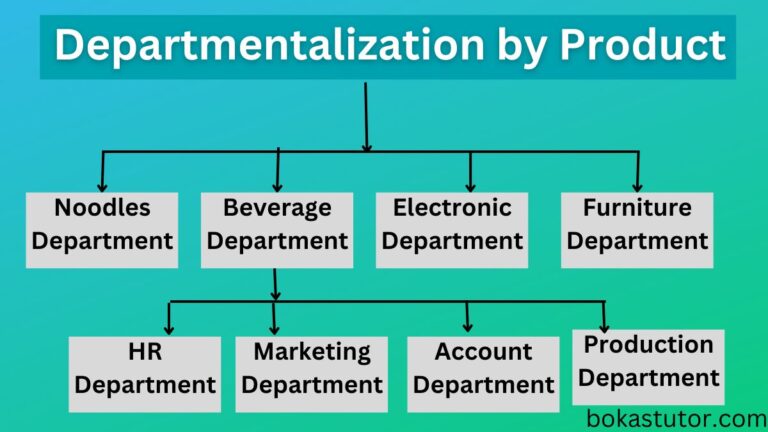5 Common Methods of Planning In Management [Explained]
Methods of Planning
Managers on the basis of the organization’s nature, beliefs, culture, interests, situations, availability of information, and resources need to make different plans. There are many methods of planning managers can adopt to make plans.
All of these methods have one thing in common: they all aim to bring effectiveness in planning and achievement of desired goals. Following are the well-known and most practiced methods/approaches of planning mentioned below:
Top-Down Method
Top-level management creates plans using the top-down approach, with little or no input from lower-level management. It is a centralized planning approach.
The implementation of plans created by top management is then transmitted to middle-level and lower-level management. By using this approach, the Executive officers and the Board of Directors often define the mission, aims, and objectives of the firm as plans.
This approach makes the assumption that senior managers have the necessary expertise, power, and knowledge in planning. They have the capacity to produce sufficient resources and the necessary expertise to make use of those resources in centralized planning processes.
Bottom-Up Method
Lower-level managers and operating-level personnel set the plans under the bottom-up approach. They communicate their plans to high management during this course. Top-level management puts the finishing touches on the ideas after getting their feedback.
This approach, which places a strong emphasis on lower levels’ involvement in the planning process, is one that is commonly used by organizations with a decentralization ideology.
This approach makes it easier for every employee to comprehend their objectives, which aids in the plan’s effective implementation. Plans that were created independently make it simple to inspire employees.
The main disadvantage of the bottom-up approach is that each unit is free to pursue or choose its own objectives, which could lead to confusion and require more time. This approach might not always be useful, especially given the scarcity of qualified personnel.
Composite Method
This approach combines the principles of top-down and bottom-up approaches. Each unit and branch of the organization may be asked to submit its goals after top-level management has set the tentative plan.
The strategy is then developed by middle and lower-level management and sent to top-level management. Once more, top-level management evaluates and approves plans for consolidation.
This plan is regarded as the ultimate one. Plans created in this manner are simple to carry out since employee suggestions are incorporated.
Management By Objectives (MBO) Method
MBO and the composite technique of planning are very similar. The correct alignment of the organization’s goals and subordinates’ objectives is the main goal of MBO. As a result, everyone in the organization strives to fulfill the same organizational objective.
The senior management typically uses methodologies like GQM to determine the company goals (Goal, Questions, and Metrics). The MBO approach involves four parts of the planning process, which include goal-setting, creating action plans, conducting periodic reviews, and evaluating performance.
The MBO method fosters self-control and self-motivation by involving the most staff possible in the planning process. In MBO, management places more emphasis on the outcome than on the operations.
This approach can be used in both modern and huge enterprises. It works best in knowledge-based firms with staff members who are highly skilled at what they do.
Team Method
For planning purposes, a work team comprised of expert member employees from line managers at various levels is organized under the team approach of planning. To create a plan, the task of planning is given to that group.
With this, the team could carry out research and create a management draft plan. The plan is then reviewed and finalized by top management.
This approach is effective and can inspire workers at all organizational levels. However, planning skills are a must for both line managers and staff using the team approach.
Read Next: Types of Planning in the Workplace
Sajan Kushmi is a content writer with more than 4 years of experience. He holds BIM Degree. He write on the topics related to Management, Marketing, and Entrepreneurship.
